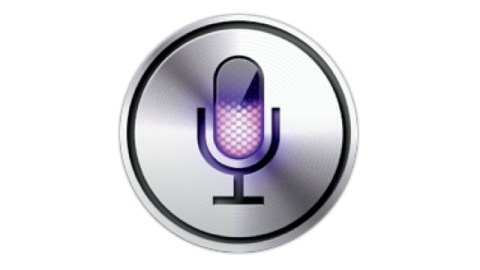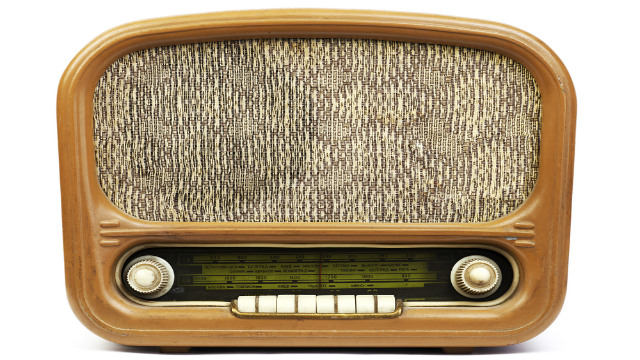“Siri, what is the meaning of life?”

This is the sort of question curious homo sapiens tend to ask for the first few days after unboxing their new iPhone 4S’. But it becomes clear pretty quickly that Siri is better suited to searching for a nearby Thai restaurant or scheduling a wake-up call than to deep existential conversations or a meaningful relationship. Furthermore, if your workplace is as pin-drop silent as mine is, you might feel weird talking to Siri at your desk. And if you work in a bar or a meat-packing plant, forget about it: Siri can’t hear you.
The point is, as new technologies offer us new ways of communicating with machines and one another, people are starting to realize that we’re unlikely to end up with a one-size-fits-all solution. Gesture’s good for some things. Talk is better for others. Touchscreen and keyboards serve other purposes still. To make the best use of our time and tools, to make smart decisions about which gadgets and software to buy and where to apply them, we all need to start thinking like industrial designers – familiarizing ourselves with the full range of options, then imagining ourselves out there, trying to get our message across.
Without this kind of distanced, critical perspective, we’re likely to find ourselves – metaphorically speaking – using scalpels for car repairs and wrenches for brain surgery.
See also:
The Atlantic: Why would anyone ever use Siri? This is Why
The New York Times: Nuance communications wants a world of voice recognition.
Follow Jason Gots (@jgots) on Twitter





